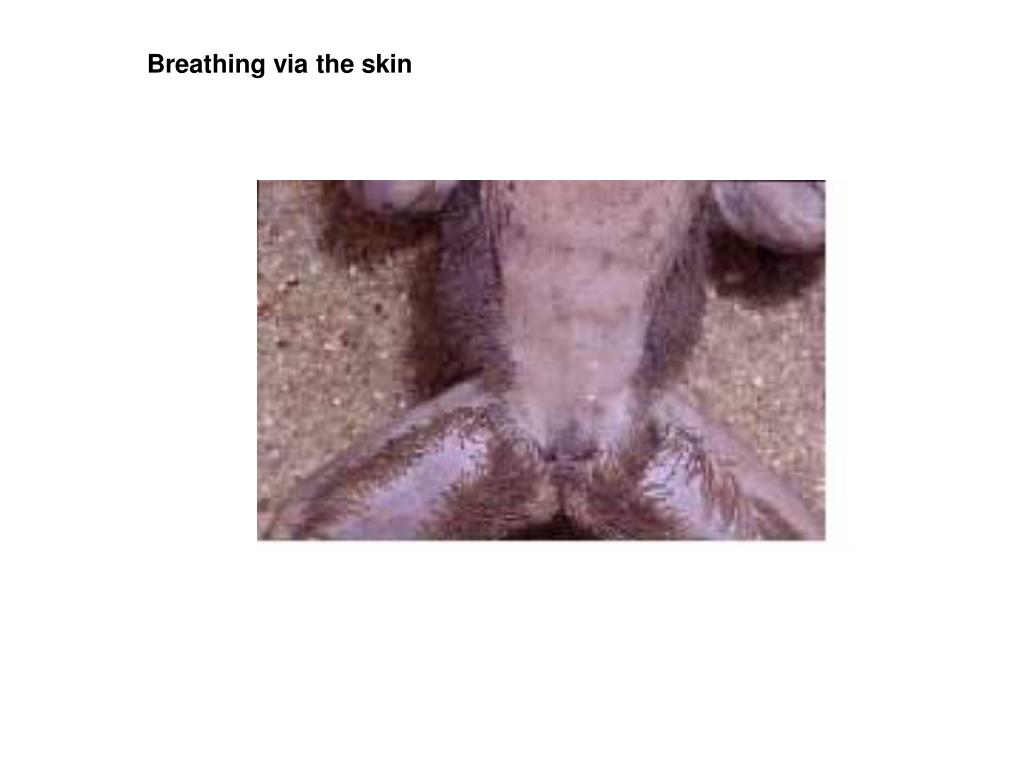

Such physiological and behavioral reactions can be observed in both humans and animal models. Thus, seeing a snake can trigger a number of physiological and behavioral responses to deal with the potential threat, e.g., activation of the sympathetic nervous system to mobilize energy for escape leading to rapid heart rate and respiration, activation of skeletal muscle system to move the body away from the threat, or in some cases just the opposite-behavioral freezing. In humans, emotions are subjective evaluations of underlying physiological and behavioral responses to threat or reward ( LeDoux, 2014). Classic basic (“natural”) emotions include happiness, sadness, anger, fear, surprise, and disgust. Emotions thus tend to be short-lived and event- or stimulus-driven and have a valence (i.e., good or bad). The term emotion generally refers to the immediate response to the anticipation or occurrence of rewarding or punishing stimuli or events. For more in-depth definitions and discussions of these terms see reviews by LeDoux (1996), Russell (2003) and Barrett et al. We begin our brief overview of the vast and active field of research on emotion and moods with basic definitions necessary to help align neuroscientists and psychologists. Finally, we explore how the odor-mood/emotion interplay is, or could be, used in commercial and medical applications. Rather the focus is on how odors may modulate ongoing emotional or mood states. The focus is not on whether odors can directly evoke emotions or have hedonic valence-they do and this may be a fundamental adaptation of the olfactory system ( Herz, 2000 Yeshurun and Sobel, 2010). Do odors have a similar impact on both moods and emotions? In this manuscript, we briefly review the psychology and biology of mood and emotion in humans and then highlight links between olfaction, mood and emotion at the neural circuit and behavioral levels based on data derived from both humans and animal models. However, the terms emotion and mood have overlapping, though distinct, psychological definitions and increasingly are believed to have distinct neurobiological underpinnings. For example, 5 min of exposure to an unpleasant odor (e.g., pyridine) has been reported to induce a negative mood and mild anxiety, while 5 min of exposure to a pleasant odor (e.g., commercial perfume) can induce positive mood and calming ( Villemure et al., 2003). It is commonly held that odors, even when presented without conscious awareness, can modulate emotion and mood ( Herz, 2009 Kadohisa, 2013). Finally, we explore how the odor- emotion/mood interplay is, or could be, used in medical and/or commercial applications. We highlight the extensive neuroanatomical opportunities for odor-emotion/mood convergence, as well as functional data demonstrating reciprocal interactions between these processes. We take the approach that form can provide insight into function by reviewing major brain regions and neural circuits underlying emotion and mood, and then reviewing the olfactory pathway in the context of that emotion/mood network.

Relying primarily on neurobiological literature, here we review what is known about how odors can affect emotions/moods and how emotions/moods may affect odor perception. There is now extensive evidence that odors can overtly or subliminally modulate mood and emotion. The affective state is the combination of emotion and mood, with mood reflecting a running average of sequential emotional events together with an underlying internal affective state. 3Child and Adolescent Psychiatry, NYU School of Medicine, New York University, New York, NY, United States.2Emotional Brain Institute, Nathan Kline Institute for Psychiatric Research, Orangeburg, NC, United States.1Givaudan UK Limited, Health and Well-being Centre of Excellence, Ashford, United Kingdom.


 0 kommentar(er)
0 kommentar(er)
